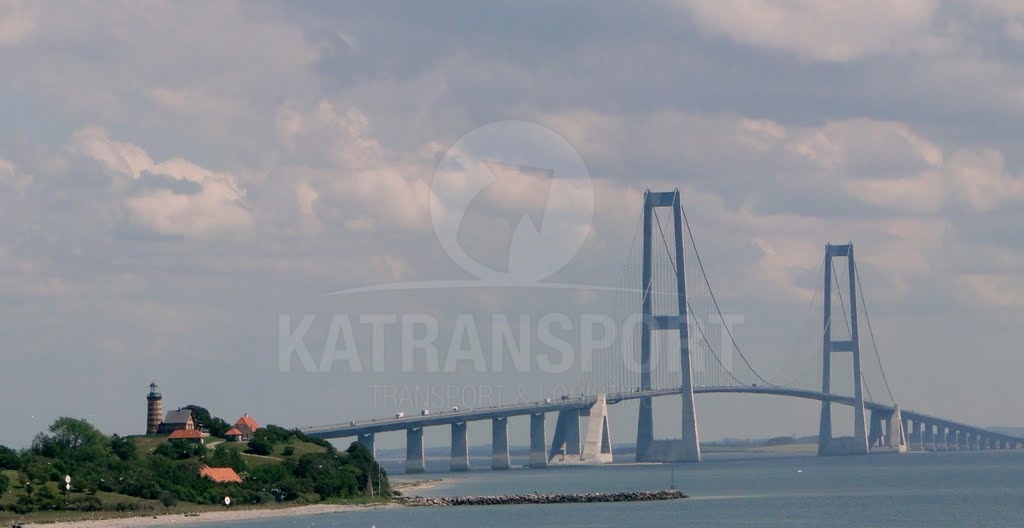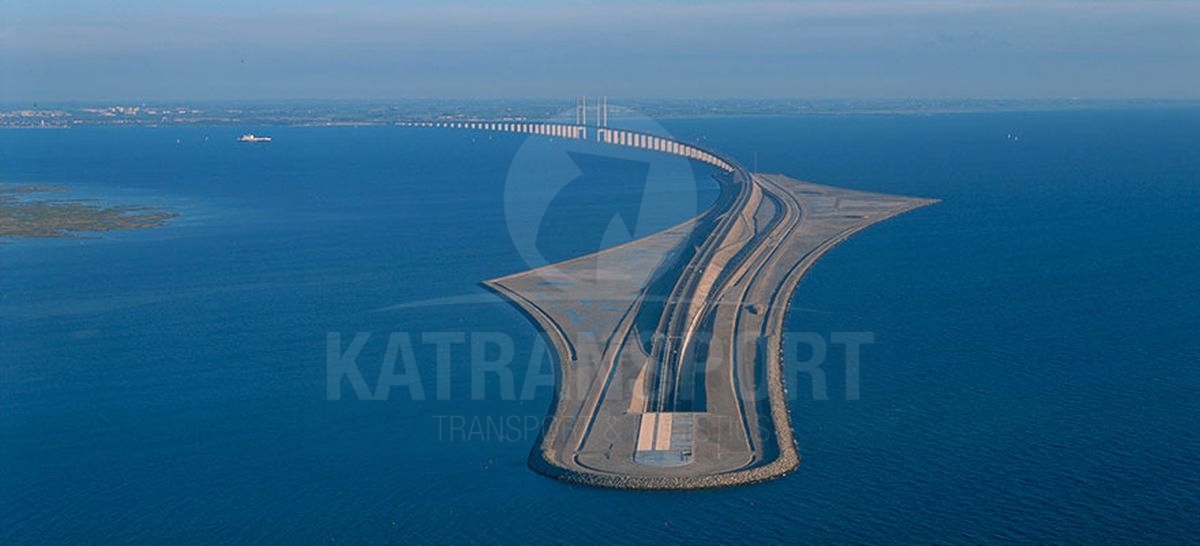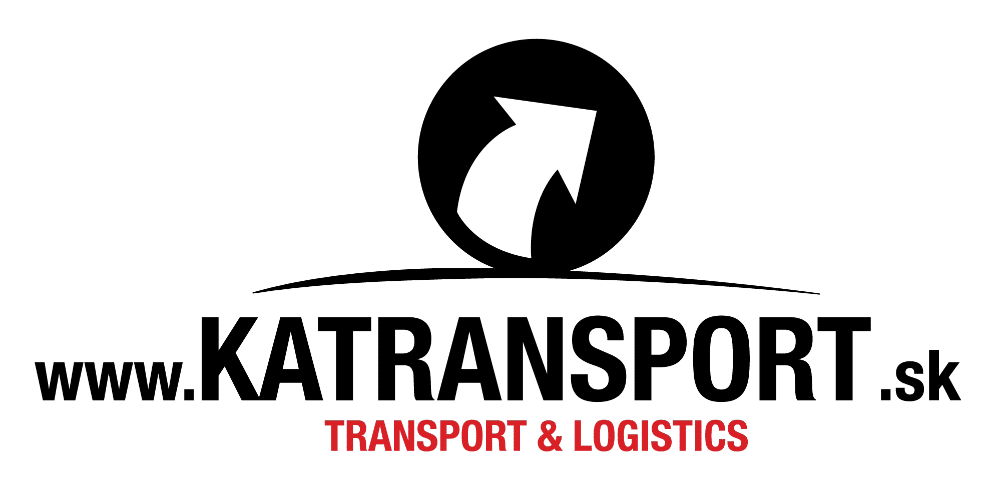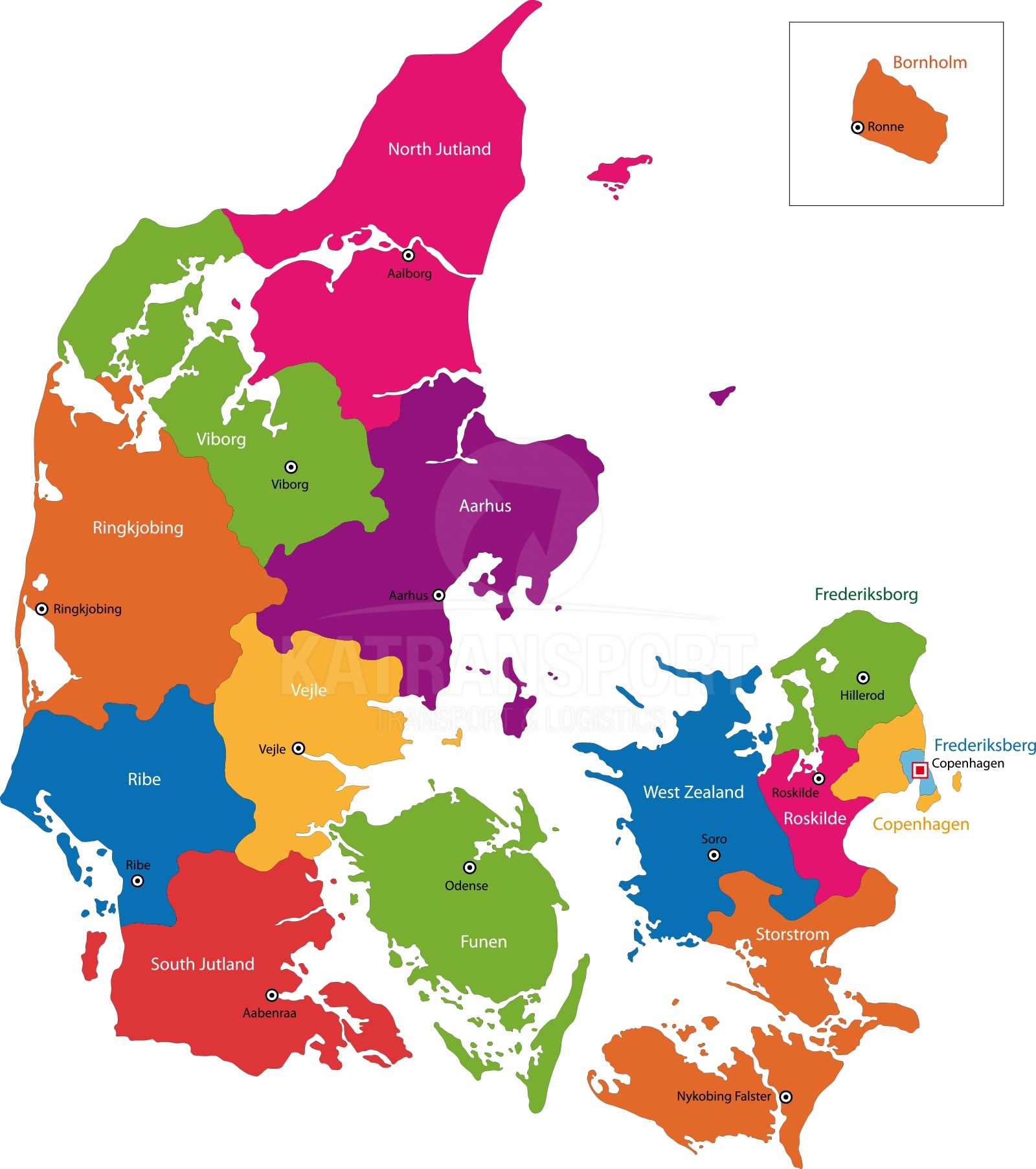Goods transport Denmark
Goods transport Denmark, transport from Denmark and to Denmark. From Denmark we transport electrotechnical
and engineering components, but we also provide e.g. the transport of foodstuff and porcelain.
Agriculture:
Crop production – fodder (especially feed barley), wheat, rye, potatoes and sugar beet. Animal production – 3/4 of agricultural production consist of animal production, breeding of pigs, cattle and poultry, sea fishing is also important. (3rd place in Europe) and fish processing.
Industry:
Mining and quarrying: Oil extraction in North Sea. Electricity production: It does not have any nuclear power plants, only thermal and wind power plants.
Mechanical engineering: agricultural machinery, ships, marine engines, electrotechnics.
Chemical industry: fertilizers, compound feed, oil processing.
Pharmaceutical production: drugs
Many agricultural products are exported: cheese, milk powder, condensed milk, butter, meat.
BRIDGES:
The bridge Storebæltsbroen connects two biggest Danish ports of Sjæland and Fyn. It consists of two parts – Østrenden, a wire bridge with the length of 6.79 km, the  deck 65 m above the sea level (The span between 254 meters high pylons is 1,624 m; if you stood on their top you would be on the highest point of Denmark) and Vestrenden (Western end) from Sprogø to Fyn it is 6.61 km long. It is a typical cantilever bridge on 18 metres high beams. Apart from the highway it also carries the railway. On Sprogø the railway comes out of the parallel twin undersea tunnel with the Eastern portal on Sjæland. The excavated tunnel is situated 75 m below the sea level in the middle of the strait. The span between 254 meters high pylons is 1,624 m; if you stood on their top you would be on the highest point of Denmark.
deck 65 m above the sea level (The span between 254 meters high pylons is 1,624 m; if you stood on their top you would be on the highest point of Denmark) and Vestrenden (Western end) from Sprogø to Fyn it is 6.61 km long. It is a typical cantilever bridge on 18 metres high beams. Apart from the highway it also carries the railway. On Sprogø the railway comes out of the parallel twin undersea tunnel with the Eastern portal on Sjæland. The excavated tunnel is situated 75 m below the sea level in the middle of the strait. The span between 254 meters high pylons is 1,624 m; if you stood on their top you would be on the highest point of Denmark.
The bridge over Öresund is an international connection between Denmark and Sweden across the strait of Öresund, which connects the Baltic and North Sea. It consists of a long bridge construction over Öresund, an artificial island and a submerged tunnel under the strait of Drogden. An impulse for the bridge construction were two facts: the lack of cheap flats in Copenhagen and the few work positions in Swedish Malmö.  The combination of the bridge (8 km) and tunnel (4 km) required the construction of the artificial island (130 ha – 4 km) so that the tunnel can emerge from water. The bridge meanders across the strait of Öresund between two countries and it is formed by two low-level viaducts with a stayed bridge in the middle. The bridge has a two-level deck which carries 4 lanes of international highway E20 (two in each direction) on the upper level and a two-rail track on the lower level.
The combination of the bridge (8 km) and tunnel (4 km) required the construction of the artificial island (130 ha – 4 km) so that the tunnel can emerge from water. The bridge meanders across the strait of Öresund between two countries and it is formed by two low-level viaducts with a stayed bridge in the middle. The bridge has a two-level deck which carries 4 lanes of international highway E20 (two in each direction) on the upper level and a two-rail track on the lower level.
The deck consists of reinforced concrete bridge fields 140 m long and 23 m wide with the weight of 5,400 tons, and it is carried by 51 bridge pylons. The main field of the stayed bridge, the longest in the world (490 m), which is supported by two 240 m high pylons in the shape of H, provides the nautical height of 57 m. However, the majority of vessels usually chose the Southern route across the strait of Drogden which is above the tunnel. Goods transport from Denmark, to Denmark.
Many generations dreamt about the connection across a 16 km long strait of Öresund. It required the enormous effort of constructors who shifted the technology options to the absolute edge and created new world records between the coasts of Denmark and Sweden.

